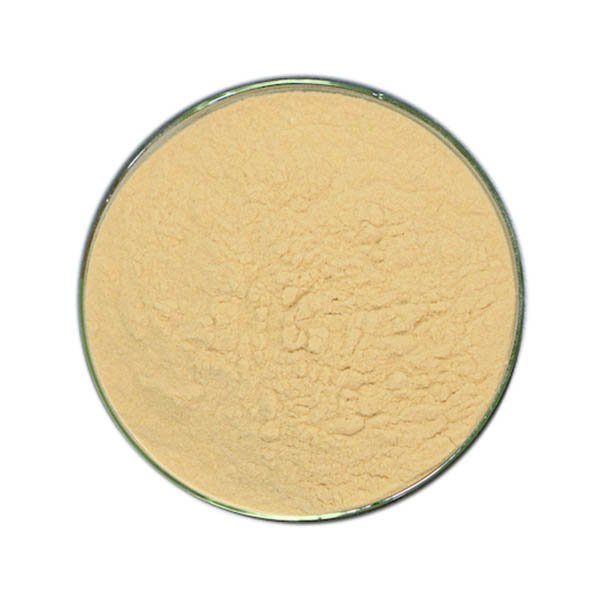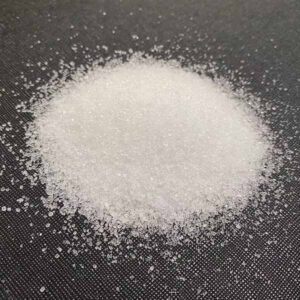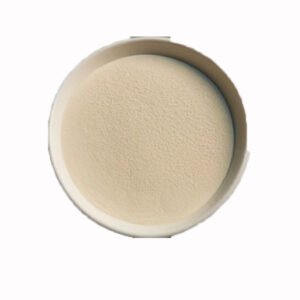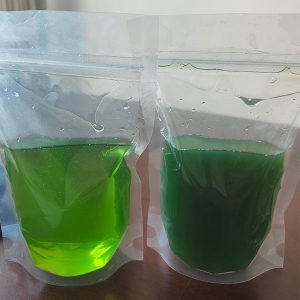Chitosan oligosaccharides (COS for short), also known as chitosan, amino oligosaccharides, oligoglucosamine, and chitooligosaccharides. Oligochitosan is an oligomeric glucosamine prepared by degrading animal chitin (shrimp, crab shell, etc.) through bioengineering technology. It is the only basic amino oligosaccharide that exists in large quantities in natural sugars. The relative molecular weight of COS is small, and it has a water-soluble Good sex, safe and non-toxic, easy to absorb, biologically active, has the advantages of anti-oxidation, improving immunity, antibacterial, lowering blood sugar, etc., in health care products, nutrients, food additives, plant growth regulators and feed additives Substances with good application value.
The main functions of chitosan oligosaccharides(COS) in agriculture:
- Disease resistance and stress resistance: resistance to pathogen infection, cold and drought resistance;
- Sterilization and insecticide: for bacteria, fungi, nematodes, etc.;
- Detoxification: alleviate fertilizer damage and drug damage;
- Promote rooting: relieve rhizosphere diseases and promote new roots;
- Increase production and improve quality: promote flowers and fruit, improve quality;
- Regulate growth: activate cells and promote growth.
Application of chitosan oligosaccharides (COS) in agriculture:
1. Seed treatment agent
Improve the germination rate of seeds, enhance the disease resistance of seedlings, promote the growth of crops, and increase the yield of crops.
2. Fruit and vegetable preservative
It can change the gas composition inside the fruit tissue and reduce evaporation loss, thereby inhibiting fruit rot and deterioration.
3. Crop disease inducers, growth promoters
Promote the activation of plant cells, stimulate the growth of crops, increase the self-defense ability against pests and diseases, and reduce the harm of pathogenic bacteria to plants.
4. Soil conditioner
Promote the growth of beneficial microorganisms, improve the soil environment, release soil trace elements, enhance the soil’s ability to supply fertilizers, and thus increase production.
5. Fertilizer additives
Spraying, root irrigation, flushing and other treatments on crops can effectively promote rooting, root maintenance, and root retention, and improve leaf photosynthesis.






